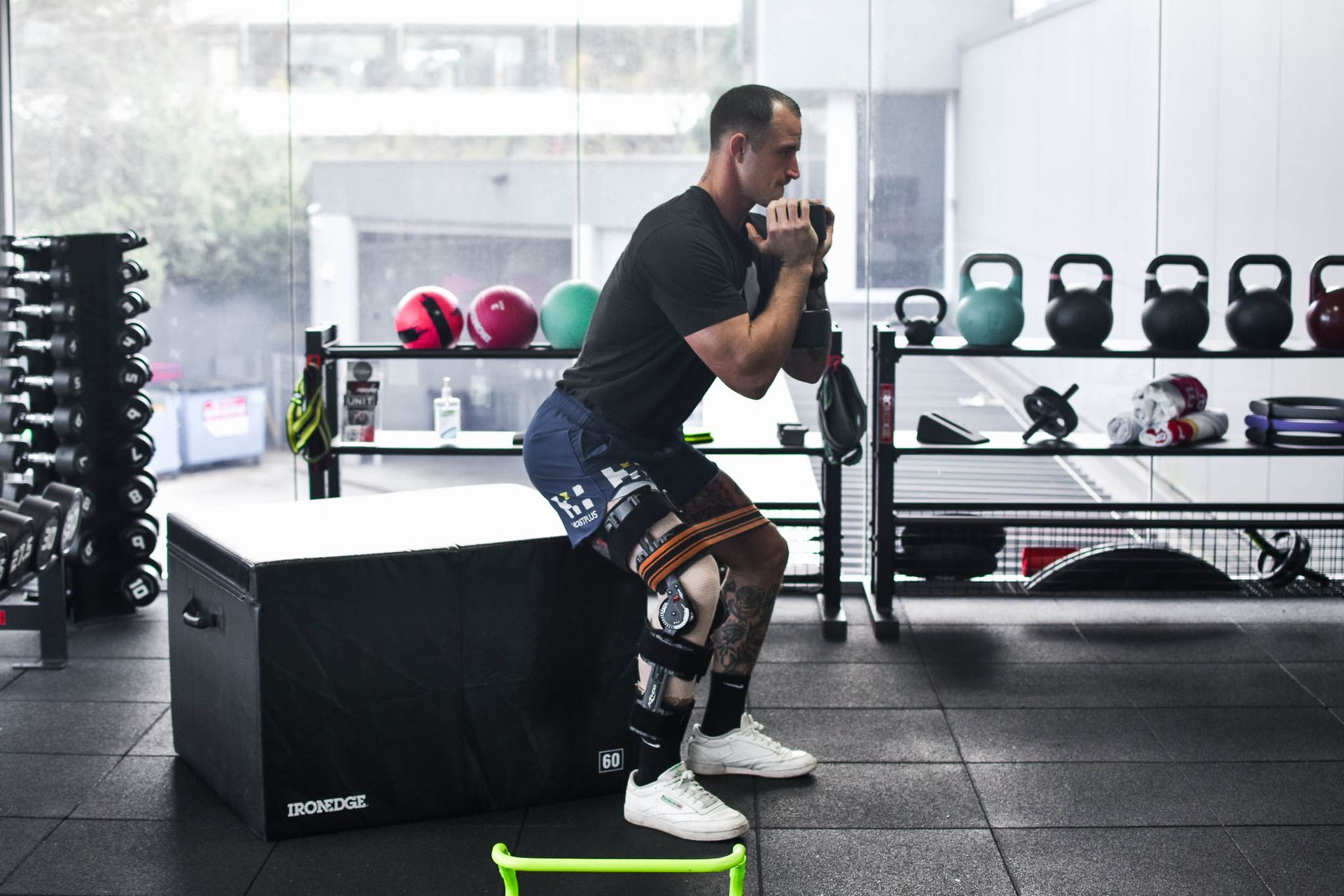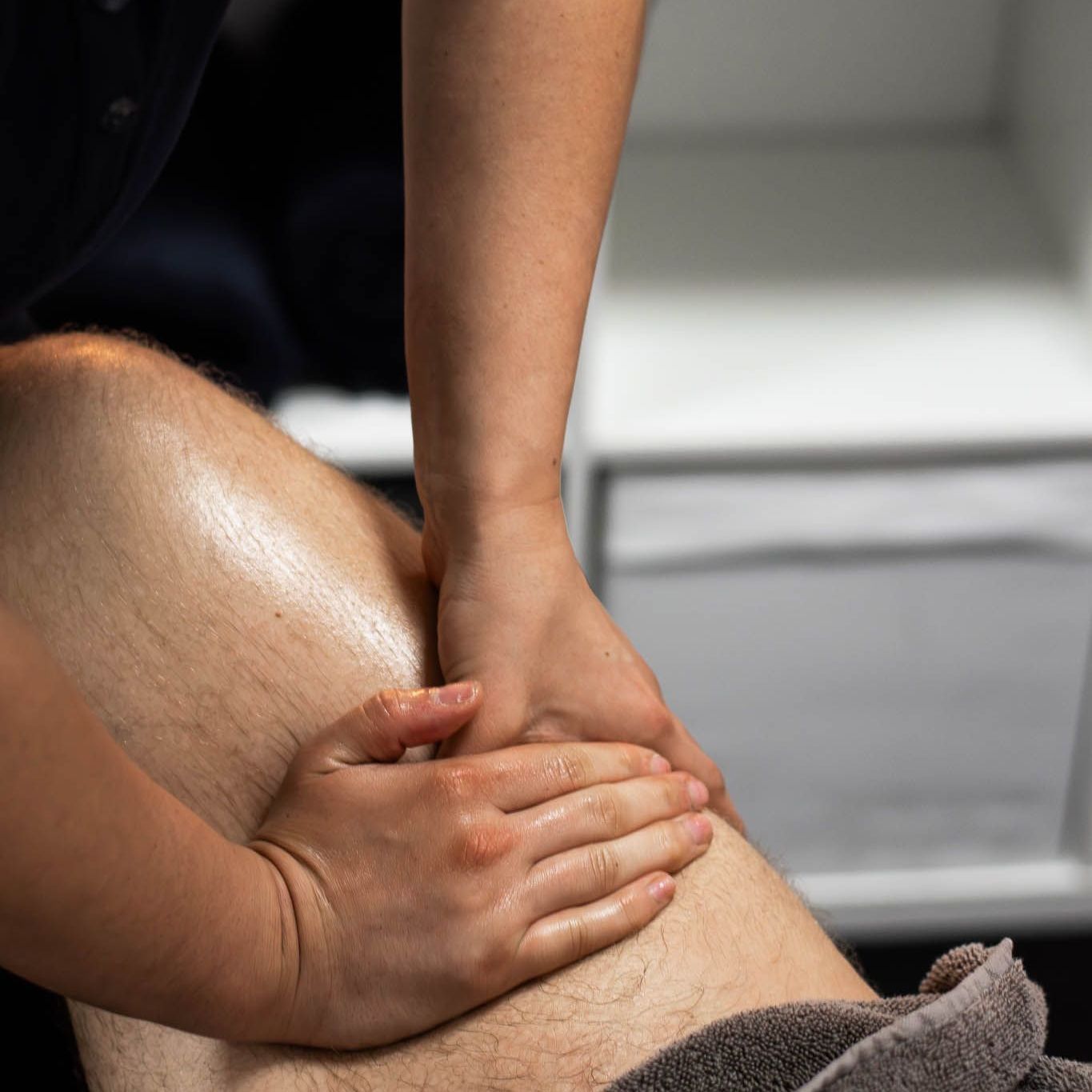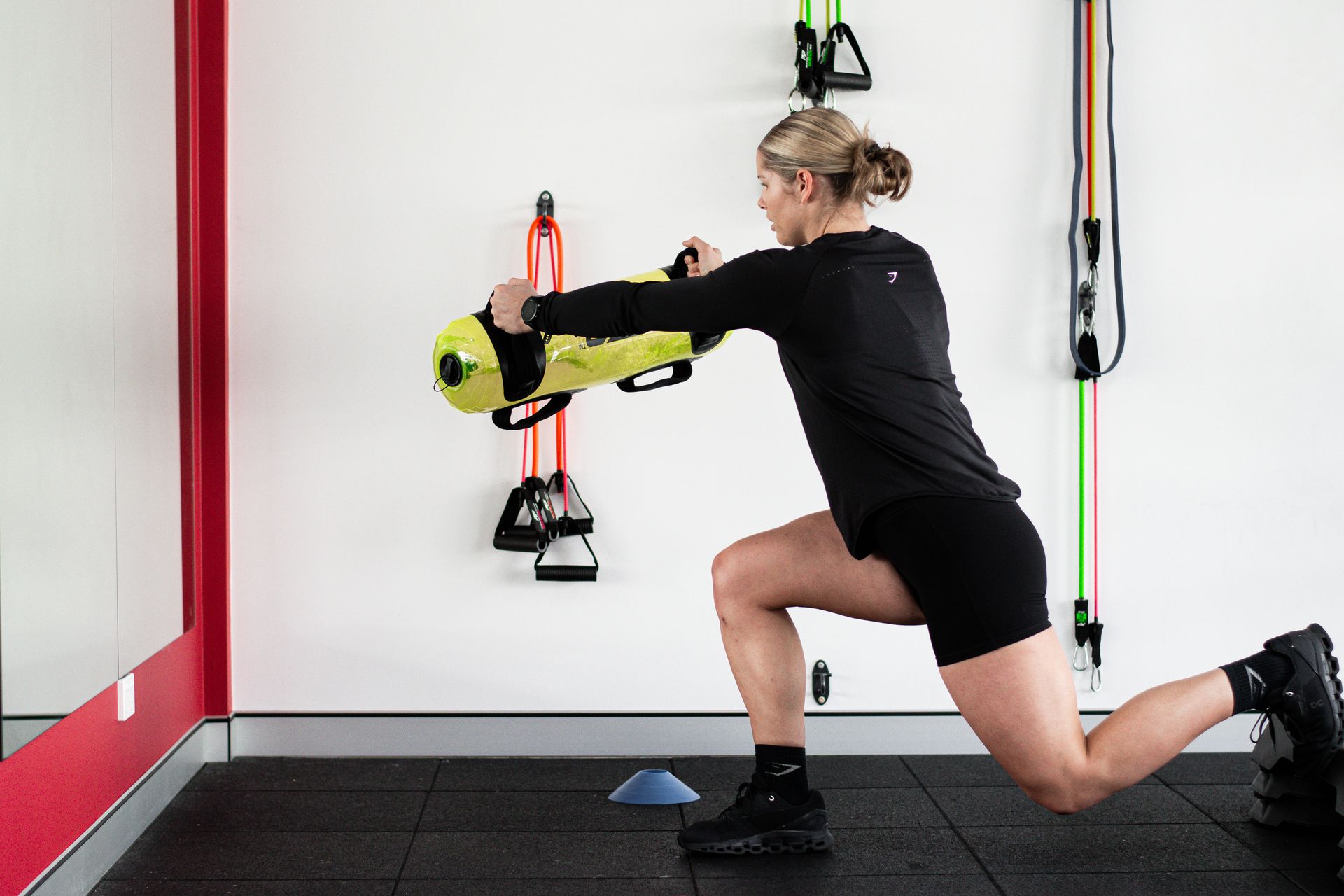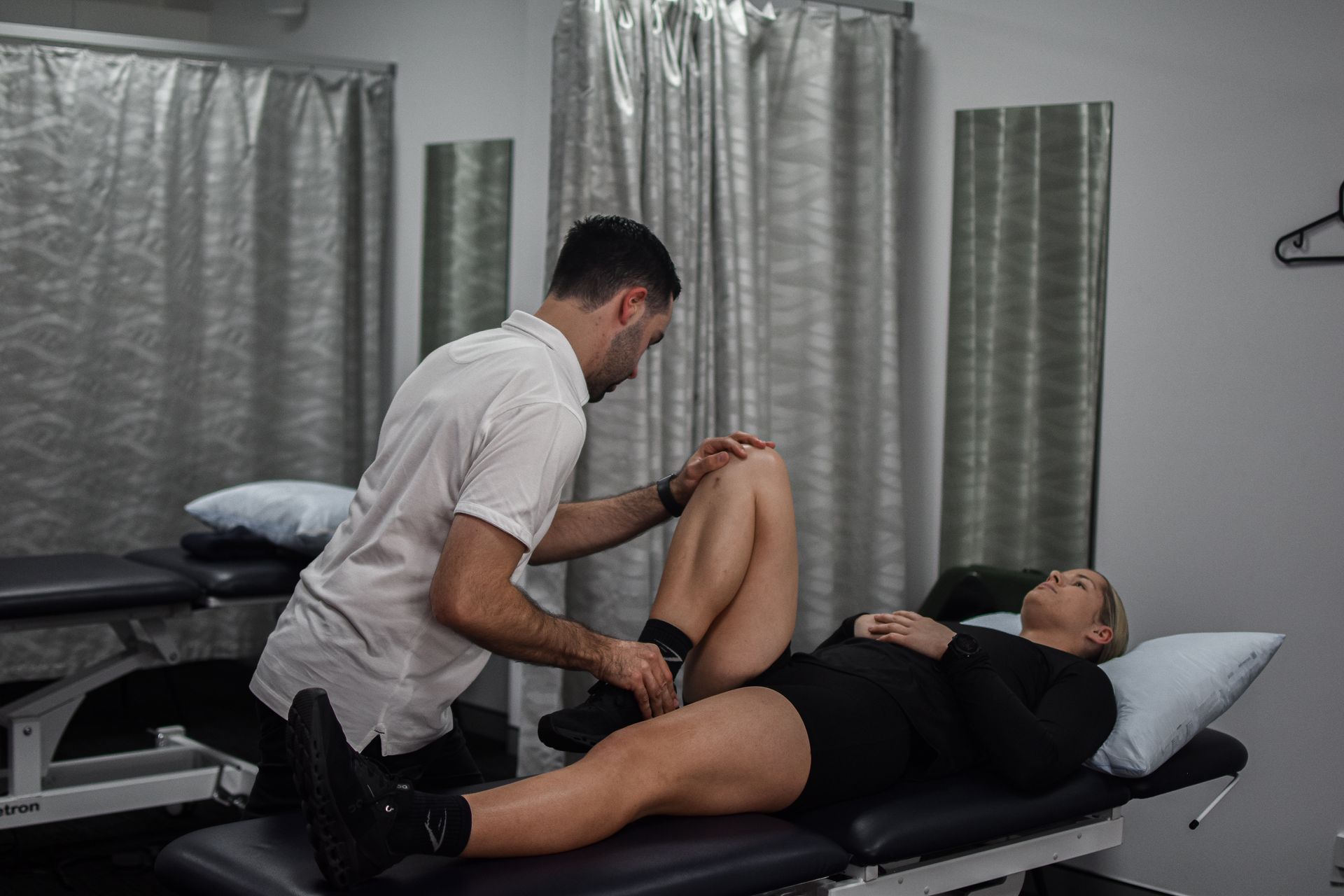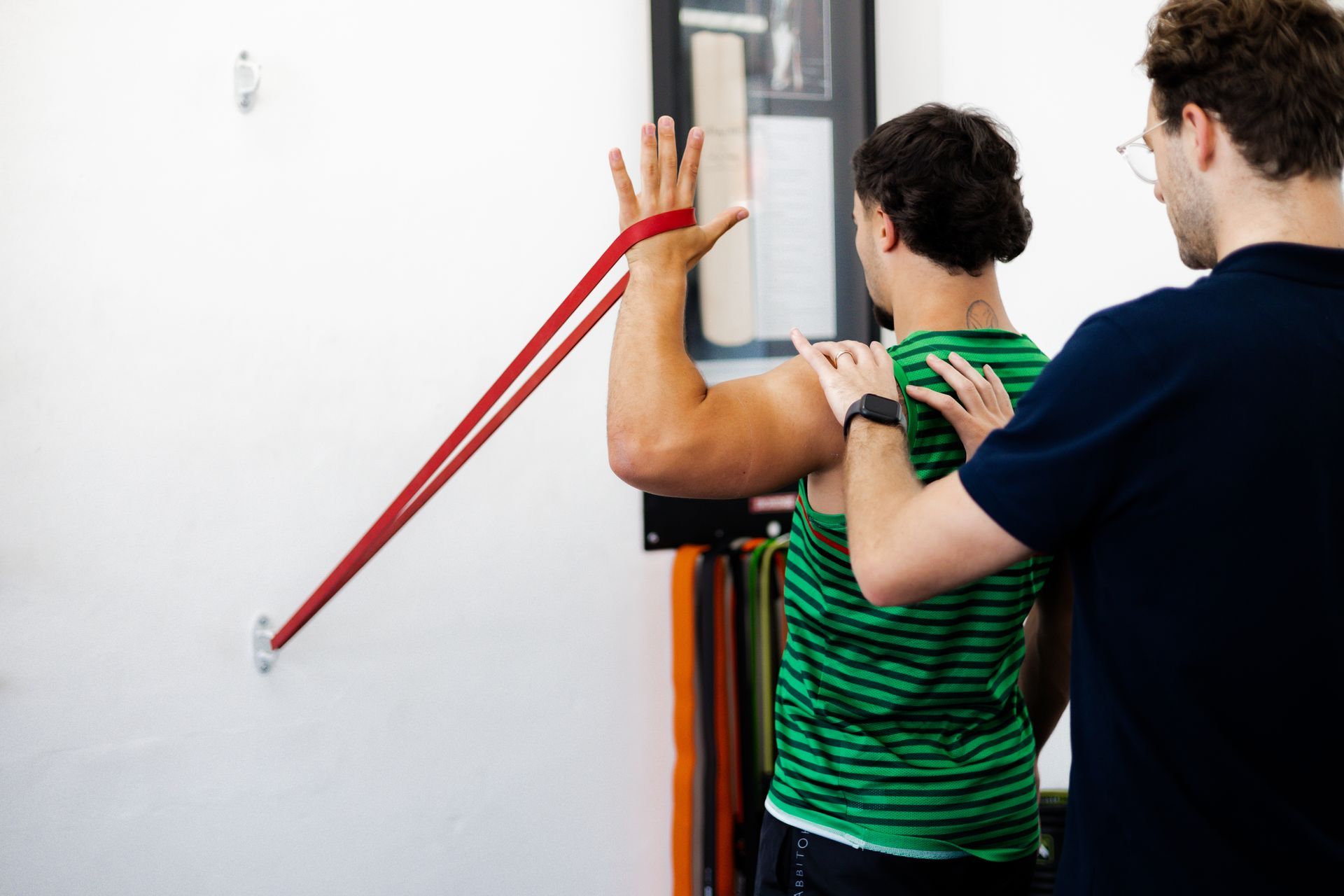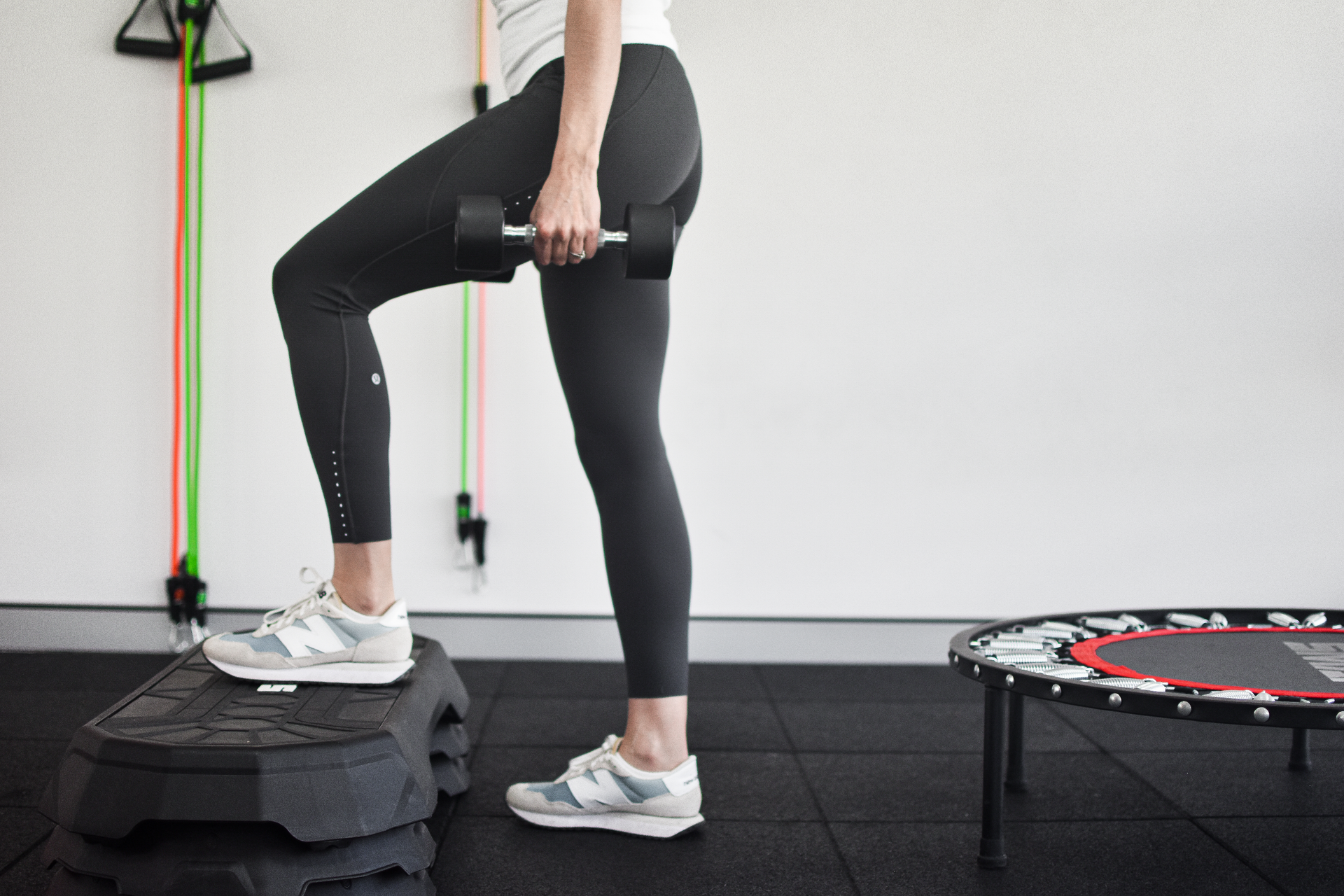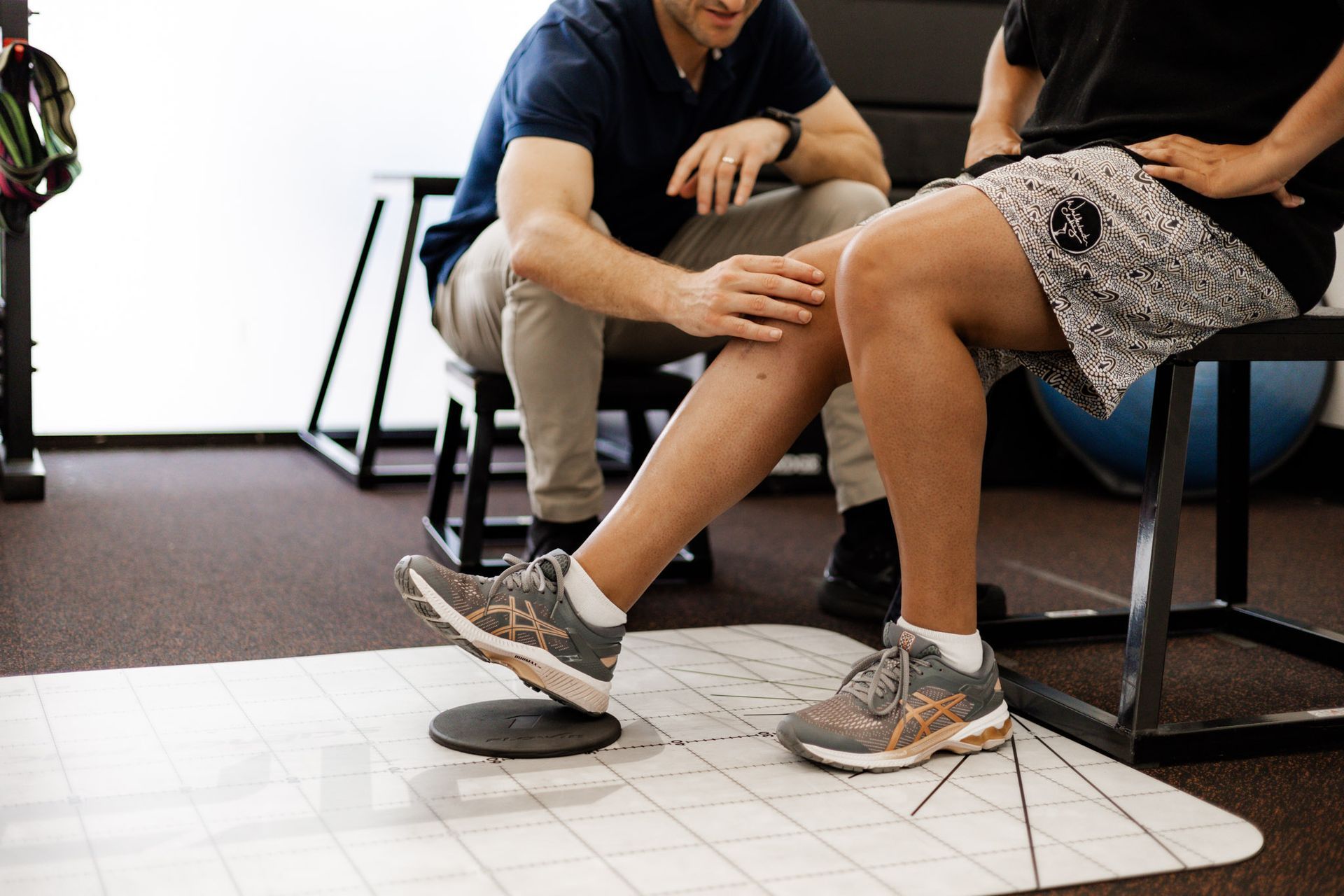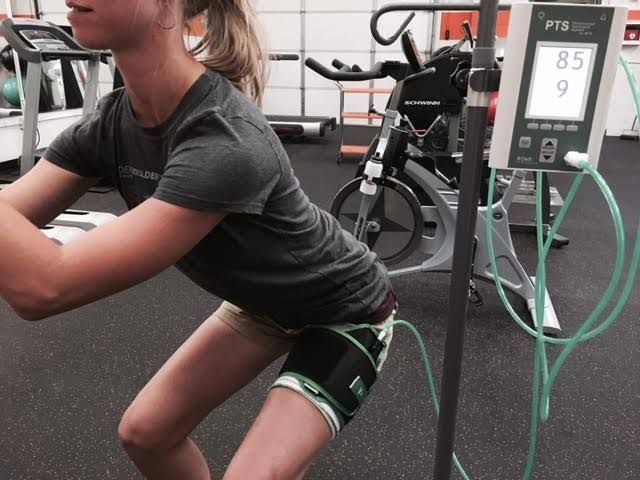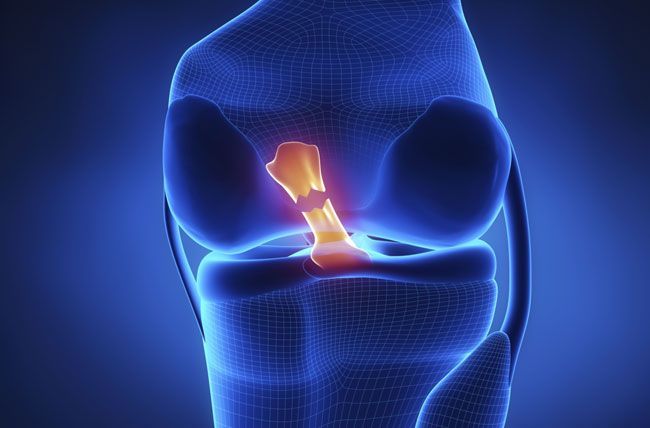Eccentric Training. Why do We Use It?
Eccentric Training
If you have ever been to the Physio, chances are that you been asked to perform some eccentric exercises – but what exactly does this mean?
‘Eccentric movement’ refers to a muscle contracting whilst it is lengthening. On the contrary, ‘concentric movement’ is when a muscle is contracting whilst shortening.
The simplest example to explain this is performing a bicep curl.
- The upwards part of the movement (hand to shoulder) is when the bicep is shortening under load, thus contracting “concentrically”.
- The downwards part of the movement (hand lowering down) is when the bicep is lengthening under load, thus contracting “eccentrically”.
Without knowing it, you work several muscles eccentrically every day!
- Every time you take a step – The tibialis anterior muscle in the front of your shin bone helps to flex the foot upwards when you run or walk but then works “eccentrically” to help lower the toes to the floor. Without this control, your feet would slap the ground every time.
- Every time you go down the stairs – The quadriceps muscles contract “eccentrically” to prevent the knee from collapsing too fast or too far forward.
Notice that these two examples often correspond to body parts that tend to be sore after exercising. This is because eccentric contractions are deemed a more efficient way to exercise the muscles compared to concentric contractions given, they are able to work the muscle harder with less energy expenditure.
It is for this reason that the phenomenon of delayed-onset muscle soreness (DOMS) is greatest when a muscle has been placed under a greater eccentric load. This i explains why your shins are sore after running on a firm surface and why your quadriceps is sorer after running downhill.
But why are eccentric contractions so important for rehab?
Eccentric training is commonly used to treat tendinopathies, hamstring strains and for preventative purposes in a wide array of sports.
Research has suggested that the implementation of eccentric exercises for the treatment of common injuries such as Achilles and Patella tendinopathies can help to significantly decrease pain levels, improve function and increase tendon strength. It is suggested that this is achieved by increasing the muscle strength at longer lengths by exposing the tendon to a greater load, and therefore progressively being able to withstand loads that could have caused the initial damage.
This is further evident in a study by Mafi et al, 2001, which found that when comparing eccentric and concentric exercises in the treatment of mid-portion Achilles tendinopathy, patients performing eccentric contractions had greater improvements compared to those performing concentric contractions. The results found that 82% of the eccentric exercise group were able to return to their baseline function and activity compared to only 36% of the patients who performed the concentric exercise regime.
Hamstring strains are another common injury seen in various sports and also has a high recurrence rate. As a result, eccentric training has been well researched and has formed part of the gold standard rehabilitation process for these types of injuries. The Nordic Curl is a popular and highly effective eccentric hamstring exercise for the prevention of hamstring strains.
A study by Mjølsnes et al, 2004 found that eccentric hamstring training resulted in an 11% increase in eccentric hamstring strength and a 65% reduction in hamstring strains in football teams that implemented the Nordic Curl exercise compared with those that do not.
All our rehab programs at Redfern Physio are tailored to your specific needs and these may include eccentric exercises. Now, the next time you’re asked to perform these as part of your rehabilitation plan, we hope you have a little more understanding into the reasons why.
